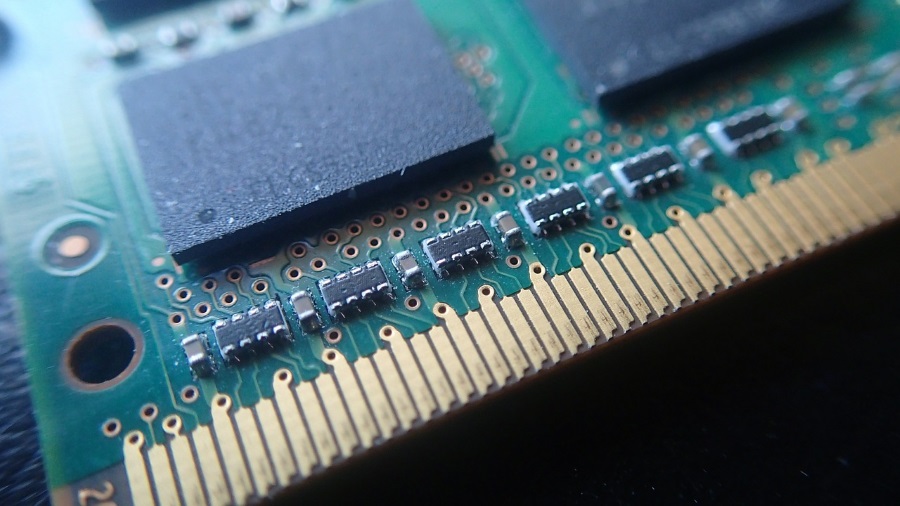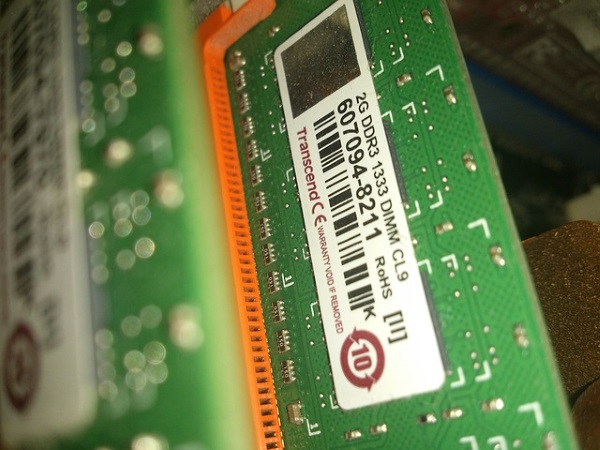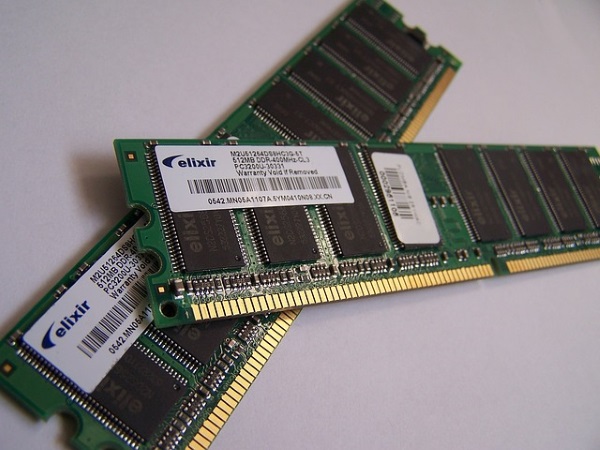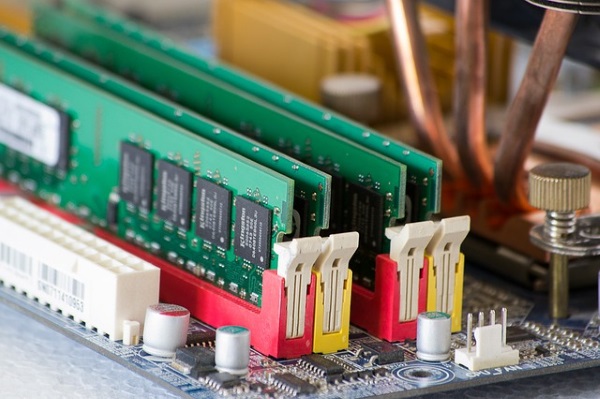What Does RAM Do and How Much Do You Need?

RAM is Random Access Memory and almost every electronic device capable of making calculations requires RAM to work. Along with the processor, motherboard and hard drive, it is an essential component of any computer and will not work without at least a modest amount of RAM installed. So what is RAM and how much do you need in your computer?
Computer RAM is usually bought as a stick in varying amounts depending on the generation of device you’re working with. Typical amounts in modern computers range from 4GB of RAM up to 32GB or even 64GB. The more you ask your computer to do the more RAM you need, within reason.
Phones, games consoles, routers, TVs, tablets and anything with an internet connection uses RAM. While I talk about computers in this article, the same principle applies to all of these devices.

What is RAM?
A RAM stick connects directly to your motherboard and is wired directly to the processor. A further high speed connection will lead to your hard drive.
As you ask your computer to do something, the operating system takes any files and resources it needs from the hard disk and loads it into RAM if not already there. As the processor executes your command, it reads the instruction and then references those resources directly from RAM and your computer does whatever it is you asked it to do. A processor cannot directly address a hard drive so it has to work with an intermediary, which is your RAM.
I read an analogy once which is actually quite good. Imagine you have a beer cooler next to your computer desk. You reach inside to grab a beer. It is fast and takes a second. This is your RAM. To refill your cooler, you need to go to the refrigerator, which holds more beer but takes longer. The refrigerator is your hard drive.
You fill your cooler (RAM) from the refrigerator (hard drive) with what you need for a long gaming or study session for fast access. If you want something else, you have to go to the refrigerator which takes longer.
This is essentially how RAM works.

How RAM works
With the exception of NVRAM (Non-volatile Random Access Memory), RAM is volatile. This means it requires a constant supply of power to work. As soon as you remove power, the data held within RAM is dropped.
Modern DRAM uses capacitors which are either charged (1 in binary) or discharged (0 in binary). The order in which this charging and discharging takes place is how RAM stores data. As you know, all computer data is stored in binary as 1’s and 0’s. RAM uses that voltage to keep the 1’s charged. As soon as power is removed, all capacitors are discharged, essentially resetting RAM to empty.
To charge and discharge capacitors in the right order, each capacitor is given a memory address. Those memory addresses are hardwired into the RAM and used by your operating system to identify each capacitor. Those addresses are temporarily indexed by the operating system so it knows what data is stored where.
For example, you open a web page. Your operating system loads the browser into memory and records in its index exactly what memory address it uses. It then cross-references this address every time you scroll, change the web page or interact when the browser. When you close the browser, the index is wiped and the memory block reset for use in another program.
RAM speed
If you’re shopping for RAM, you may notice numbers like DDR3 – 2400. The DDR3 part is the generation of memory. Newer computers use DDR4 while DDR3 memory is used on older computers. The 2400 part refers to the speed, in this case, 2400MHz.
Your motherboard will dictate what generation of RAM you can use which are absolute. It will also have compatible speeds but these are less strict. You cannot use DDR4 RAM in a DDR3 motherboard as they are physically different. You can however use DDR4 – 3200MHz RAM in a motherboard only capable of running DDR4 – 2400MHz. The RAM will work fine but will only run at 2400MHz and not its full potential.
There are other elements such as timings and latency but these are less important for consumer-level computing. Latencies are counted in milliseconds, which very few games or programs will even notice.

How much RAM do you need?
Usually, the more RAM you have the better but there is a limit to how much you need on a practical level. Sure, having 32GB of RAM installed on your PC sounds good but if you only use half of it, the other half is just sitting there being wasted.
Most computers should have a minimum of 4GB of RAM installed. Both Apple and Windows machines really should have at least that amount. The limitation isn’t the operating system itself, although both OS do use a lot of RAM. The largest user of RAM is actually your web browser, especially Google Chrome.
If you tend to use Chrome with dozens of tabs open, or use lots of programs at once, more RAM will help speed things up. A practical minimum for a computer is 8GB in my opinion. This allows you to browse the web as you like, watch videos, have programs open and play games at decent resolution.
If you are a gamer, 16GB would be beneficial to provide sufficient headroom for the operating system and background tasks. This is more important if you use VR or multiple monitors. It is unlikely that a game would stretch that 16GB limit but it’s possible. Games utilize graphics card memory for quality and resolution. More RAM would only benefit gaming quality in processor-intensive games.
It is possible to load your system with 32GB or 64GB but unless you encode audio or video on a daily basis, it is overkill. There is currently no game or non-enterprise program that requires anything close to 32GB.
RAM is both very simple and very complex at the same time. Essentially, it is a middleman that holds frequently used data for the processor to work its magic. As long as it has a constant source of stable voltage, RAM is very reliable and plays an essential part in modern computing.















